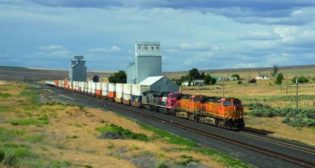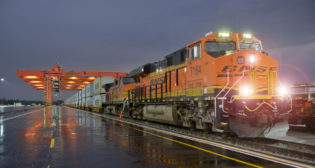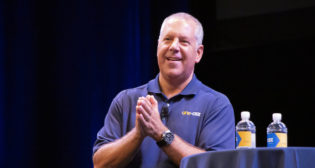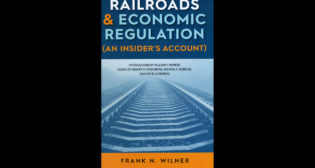
Mixed Outlook for North American Rail Freight in 2024
Independent rail economist Jim Blaze shares another fearless forecast for North American rail freight, as originally reported in Railway Age’s sister publication, International Railway Journal (IRJ).





